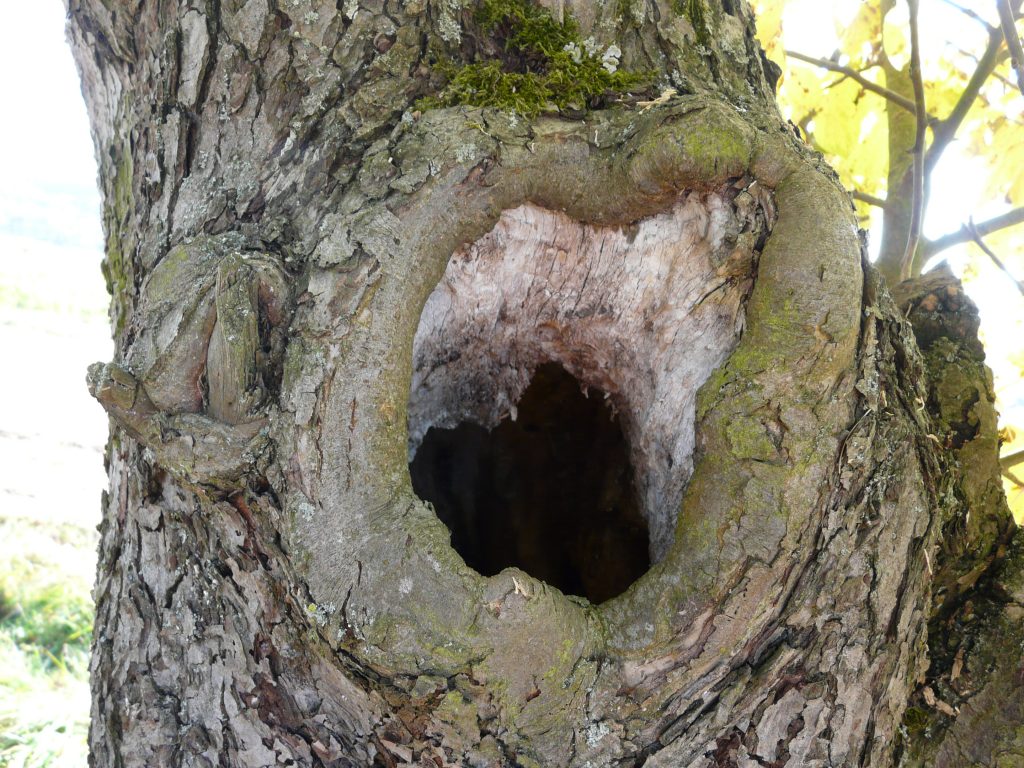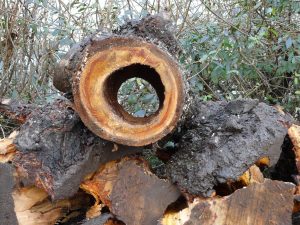Why do we radio track garden dormice?
Garden dormice are nocturnal and elude an easy observation. That’s one reason why so little is known about their behaviour and biology.
In addition to many other research methods, telemetry is also used in our project. A small radio collar allows us to follow an animal and to located it for several weeks.
What do we want to find out?
Based on radio tracking several individuals in selected project areas be suitable habitats will be identified and special habitat features should be determined.

Crucial habitat features are for example safe resting and hibernation places or places to raise to juveniles. These can be rock crevices, tree hollows, stone walls but also dense bushes and sometimes nest boxes.
Photo © Thomas Wey
A habitat model out of the telemetry data will help to figure out how a typical garden dormouse habitat should look like. It also describes where garden dormice potentially could occur. In the next step we can compare this potential with the recent distribution and discuss possible reasons for the decline.
The habitat model is also a preparatory work for network measures and rewilding animals from wildlife care stations.
How do we get to the animals?
Mainly we will catch garden dormice in nest boxes. We got a special license for this by the local authorities. Together with a specialised vet we check the animals if they are able to carry a transmitter. If so, a collar will be fitted to the animal. It is a special designed collar (with included tiny transmitter) which disturbs the garden dormouse as little as possible. After few weeks, the transmitter cautiously removed from the animal.
At a later stage, the success of rewilding animals from wildlife care stations can also be verified by telemetry.
How does telemetry work?
The tiny transmitter in the collar sends a weak radio signal. With a particularly sensitive antenna this signal can be detected. The garden dormouse position gets clear with a triangulation of the signal from different points in the field.
